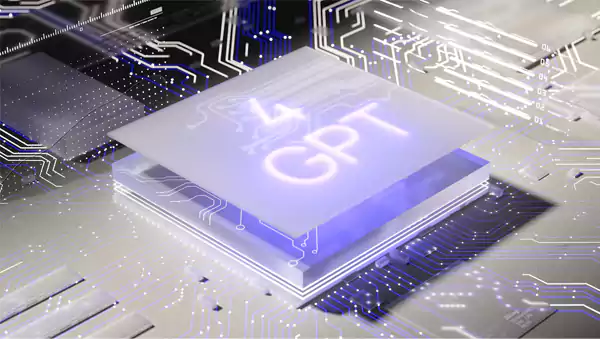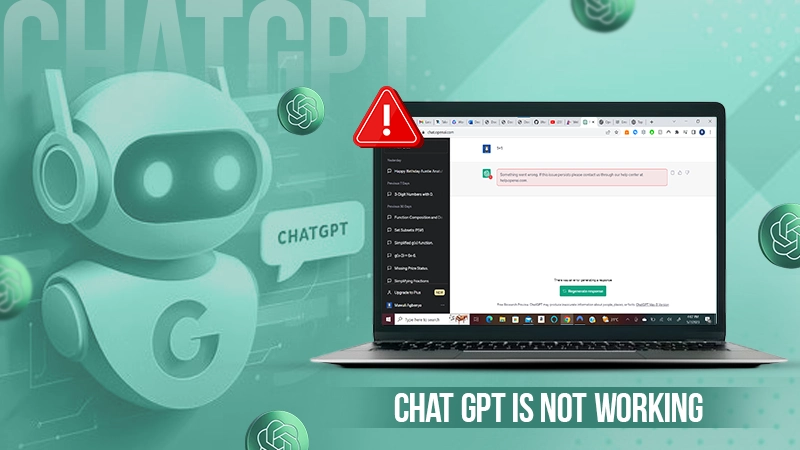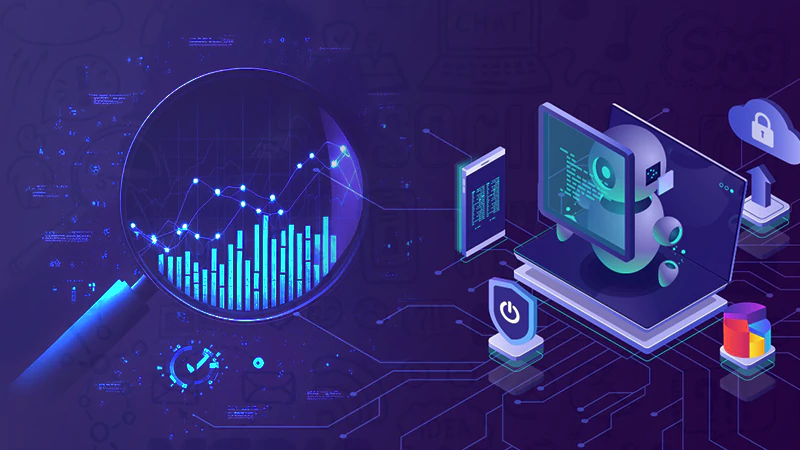Can Canvas Detect ChatGPT and AI Writing? (Answered)

Canvas is a Learning Management System or tool (LMS) that facilitates online learning. Educators all across the globe have relied on this platform for over a decade. However, the advent of ChatGPT, NSFW AI Writer, and other AI writing tools has made teachers concerned about whether can Canvas detect ChatGPT.
So, if you also have a similar question, meticulously navigate through the article and learn how the Canvas Chat GPT detector works.
Quick AnswerNo, Canvas currently lacks the software to detect AI-generated content by itself. However, it has partnered with the Turnitin SimCheck tool to identify the AI-written content.
Can Canvas Detect ChatGPT?
“Does Canvas detect chat GPT”, is a global concern of educators.
Unfortunately, Canvas doesn’t have a built-in AI detection tool, and as a result, it cannot detect ChatGPT written assignments. It can flag content as suspicious by monitoring student’s activities on the platform. To navigate AI-written content challenges, it has partnered with Turnitin SimCheck detection software.
Canvas uses Proctorio and Respondus LockDown Browser to keep track of the following activities:
- Mouse clicks
- Word usage
- Keystrokes
- Page views
- Log events and many more
So if you copy and paste ditto paragraphs or phrases from the web or ChatGPT, Canvas will surely mark them suspicious. The working method of this LMS is a bit complex; hence, we have simplified it for you in the subsequent section.
How Does Canvas Work?
Ever since the global pandemic hit, Canvas has been the helping hand of teachers in imparting education by enabling them to create course outlines, assignments, projects, quizzes, and exams. This Learning Management System (LMS) keeps track of student activities and flags their assignments, projects, and tests as suspicious based on those activities.
But AI tools like ChatGPT and ArticleGPT have raised new concerns in online learning and made educators wonder, ‘Can Canvas detect ChatGPT?’
So to preserve the academic integrity of online learning, Canvas has collaborated with Turnitin AI detection software. This tool shows the AI usage in percentages and even marks the phrases or paragraphs that are written using AI.
Intrigued? Let’s see, does Canvas have AI detection?
How Does Canvas Have AI Detection By Using Turnitin?
Though Canvas doesn’t have its own specialized AI-detecting software, you can still count on it to filter out AI. It has integrated with Turnitin SimCheck to rule out AI-written assignments and projects.

Turnitin AI Detection is one of the leading AI and plagiarism-detecting tools that works in the following ways: –
- It shows the overall percentage of AI writing and also highlights text segments in the document.
- It tracks a large amount of text and generates sequences of words by picking the next highly probable word.
- When content is put for detection, this tool breaks the submission into fragments, analyses those fragments, and gives each sentence a score from 1 to 10.
- The current model of Turnitin is trained to detect ChatGPT, ChatGPT 3, and ChatGPT 3.5.
📌 NoteThough not trained in ChatGPT 4, Turnitin SimCheck will still detect the content written using it, as the writing characteristics of GPT 4 are consistent and similar to previous versions.
Also Read: Top 10 Fixes for “ChatGPT Error in Body Stream”
Limitations of Turnitin’s AI- Content Detector
Undoubtedly, the Turnitin SimCheck is one of the best AI detectors out there in the market, but one cannot blindly trust its results due to the following limitations: –
- Insufficient Training – Turnitin is only trained to detect ChatGPT, GPT 3, and GPT 3.5. To some extent, it can check GPT 4 written content. But despite its claims, one cannot trust this software with ChatGPT alternatives and other AI tools due to a lack of training.
- Mixing of Language Mode – The language model is the biggest limitation of all because, the majority of the time, AI detectors confuse even human-written texts with AI-written.
- Upgrading AI Writing Technology – Similar to Turnitin, AI content writing software is also evolving and improving to manipulate such detection software.
The mixing of language models and constantly evolving technology has made it hard to fully trust AI detectors. Even Turnitin, on its official website, appeals to teachers to not believe the results, blindly.
Measures That Canvas Takes to Detect Cheating
Though Canvas cannot solely identify the ChatGPT written content, it has made the following advancements to raise flags for irregularities: –
- Canvas has integrated with several browser locking and anti-cheating software programs like Proctorio and Respondus to combat academic dishonesty.
- It observes the response time that a student takes to answer questions and informs them about any sort of irregularity.
- This LMS conducts proctored exams and monitors students through their webcams.
- It locks the student’s browser and abstains them from using another browser to prevent cheating in online exams.
- It recognizes students’ answering patterns and carefully analyses whether all the answers are in the same pattern and language.
- As an additional security layer, this LMS uses third-party plagiarism-checking software.
With Canvas’s full-fledged cheating proof plan, you will surely have a hard time cheating on your online test. But if you still want to take the chance, the tips in the upcoming section will help you avoid being flagged.
Also Read: How to Use Your Writing Skills to Excel in Blogging?
Tips to Bypass AI Detection
Canvas cannot detect AI content, but your teacher can, so here are some tips to safely clear the AI detection test.
- Avoid copying and pasting exact phrases – If you don’t want to get caught, avoid directly copy-pasting the exact lines and paragraphs. The best way to avoid AI detection is to paraphrase.
- Mention your sources – You should cite your sources if you don’t want to get caught red-handed. Mentioning sources makes your information credible and will prevent you from AI-detecting trouble.
- Don’t follow ChatGPT blindly – Taking help from ChatGPT to complete your assignments is a good thing, but blindly using it can land you in trouble. Get the ideas from ChatGPT and expand them in your own words.
- Strategically place punctuation and symbols – You have to be smart to beat AI content detectors. For that, you need to precisely use punctuation and symbols throughout your article. If possible, you should also insert non-standard characters like @ or # to clear the AI detection test.
- Use synonyms and antonyms – Putting some effort into finding the synonyms and antonyms and rearranging sentence syntax will help you get a clean chit in AI detection.
It’s hard to fool your teacher, but yes, the aforementioned cheat sheet can help you to some extent.
We recommend you not use ChatGPT or other AI tools to complete your assignments and projects because the chances are high that you’ll get caught by the canvas chat GPT detector. If your topic is too hard, the golden mean is to refer to ChatGPT for ideas and do the rest on your own.
Frequently Asked Questions
Ans: No, Canvas alone cannot detect AI-written content. But yes, it has partnered with some plugins that can effectively identify AI content. These tools even tell you the percentage score that tells to what extent the content is AI-written.
Ans: Canvas can effortlessly track page views, assignments, grades, and participation of students with its analytics tool.
Ans: Yes, ChatGPT can be easily detected by AI detection tools like Turnitin. The AI detection tools are trained to observe the language and pattern of ChatGPT and other writing tools.








